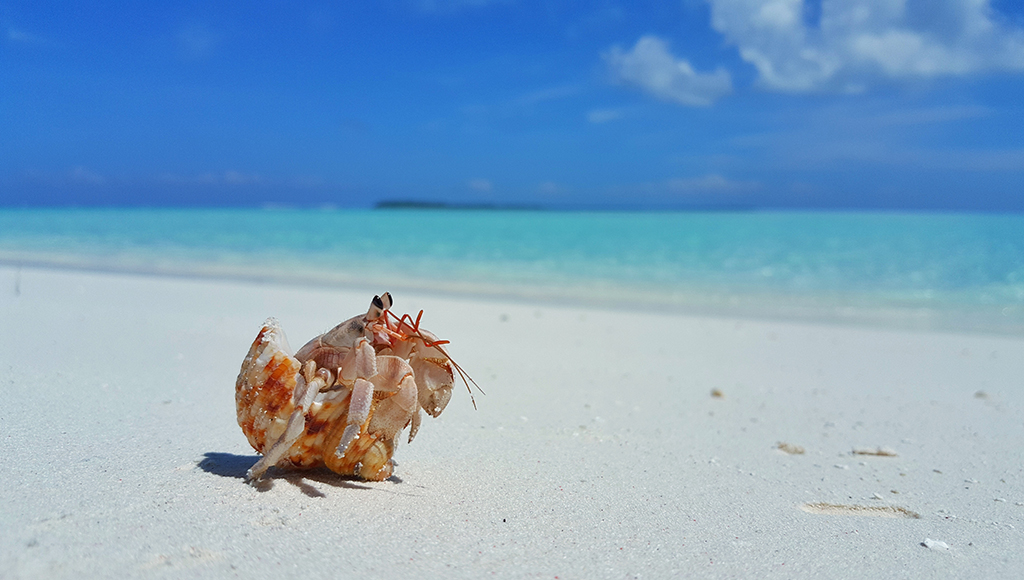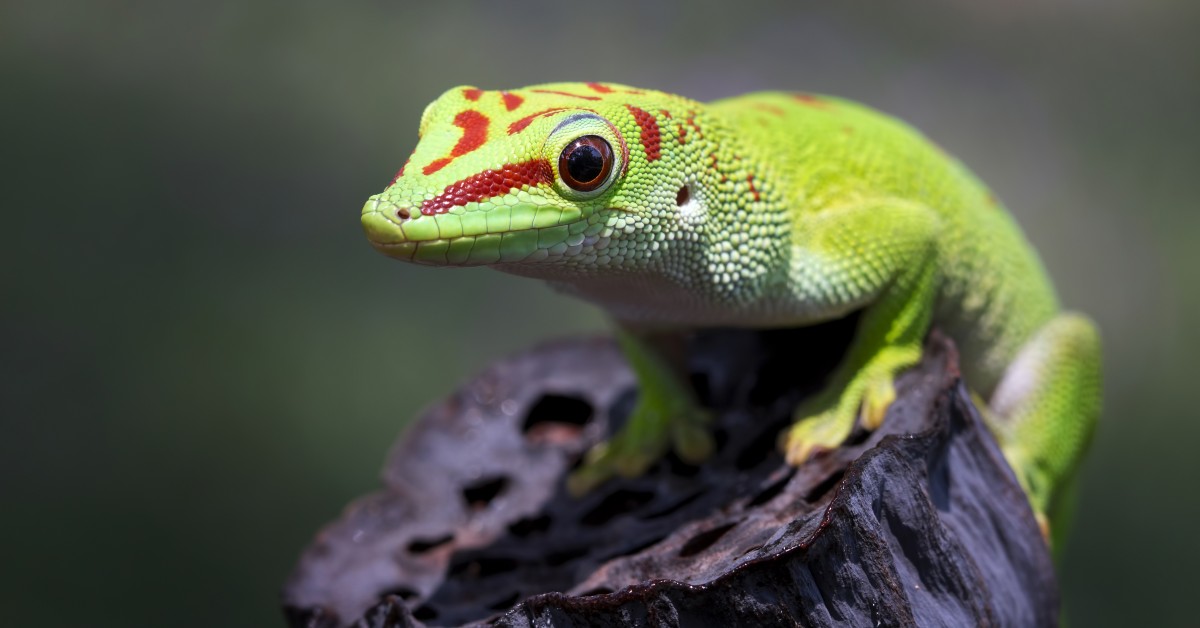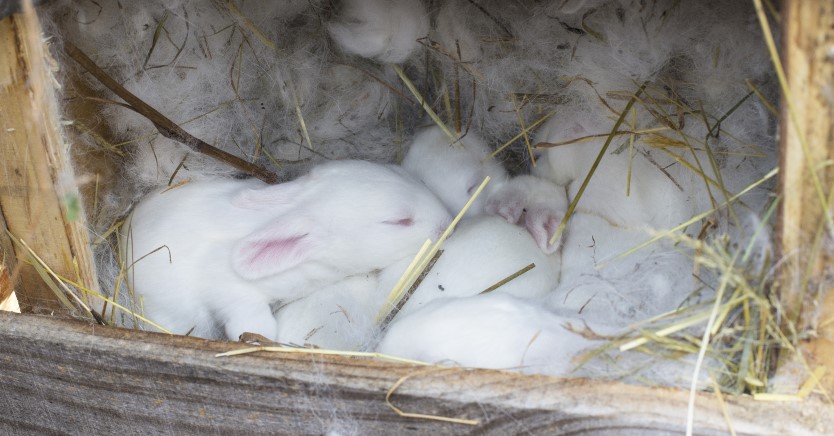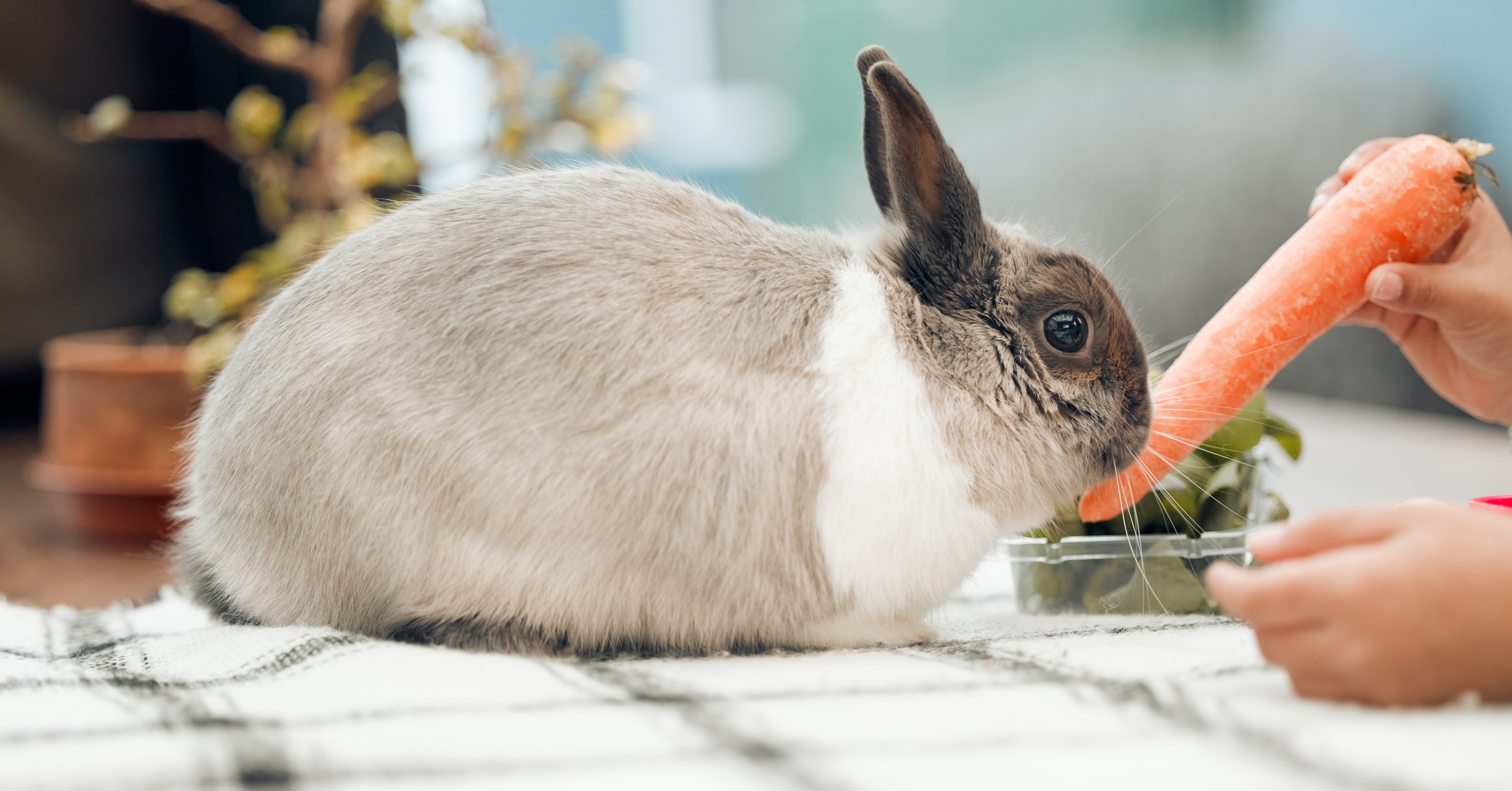How About A Hermit Crab?
Hermit crabs are among the more unusual pets, but they make for interesting, easy care companions.

Hermit crabs are among the more unusual pets, although they do make interesting, easy care companions. They have distinct personalities, are active and curious, and their unique characteristics and low maintenance requirements make them good pets.
Hermit crabs are not "true crabs." They have a smaller, soft abdomen which they protect by living in an empty snail shell. They must find larger shells as they grow, and owners of these pets must provide progressively larger shells as their pets grow. In the wild they are omnivores, feeding on both plant and animal material. There are both marine and land hermit crabs. The information below refers to the land hermit crab.
In the United States, there are two main species of hermit crabs found as pets: Coenobita clypeatus (goes by a variety of names such as Caribbean crab, purple pincher crab, land hermit crab, tree crab, or soldier crab) and Coenobita compressus (Ecuadorian Crab or E-Crab).
Choosing Your Pet
- Land hermit crabs are relatively easy to find in pet stores, but care is required in choosing a potential pet:
- Check to make sure that all the legs are present (3 pairs of walking legs)
- Make sure the shell covering the head and thorax isn't damaged
- Make sure there are no parasites and/or small bugs present
- Choose a crab that is lively
- Larger crabs may be more hardy; however, if you already have a crab then it is important to match sizes pretty closely otherwise fighting may occur.
Feeding Your New Pet
In the wild, land hermit crabs eat a wide variety of foods: fallen fruit, decaying wood, leaf litter, plants and grasses, and items washed ashore by the tide. They are not fussy eaters by nature and have even been observed eating fecal matter. Hermit crabs locate food in two ways, by smelling it and by seeing other crabs eating.
Hermit crabs require calcium, carotene and antioxidants just like people do. A crab whose diet is carotene-deficient will fade in color after molting, from a nice reddish or orange color to a washed-out tan or gray. To make sure your crabs get adequate carotene, supplement their diet with brightly-colored vegetables, like corn and carrots. You can also add ground dried organic marigold petals to your crabs' food. You should be absolutely certain that the marigolds were grown without pesticides before adding them to crab food. For example, the small plastic containers of marigolds that you find at the local greenhouse are probably treated with pesticides and therefore unsuitable for crab food.
The best diet for a land hermit crab is basically what you feed yourself (with the exclusion of highly-processed foods and sugary snacks). Land hermit crabs are omnivorous and therefore eat just about anything. You can feed them meat, fish, vegetables and even citrus fruit. Crabs also like tannin-rich foods, such as oak leaves and tree bark. Before giving your crabs these things as food, make sure they are thoroughly cleaned by washing in water (do not use any soap) and allowed to dry completely -- crabs like their leaves crunchy.
If you provide your hermit crab with a varied diet of "human grade" food, it should not be necessary to feed them commercial crab food. You can do almost all of your hermit crab food shopping in a regular grocery store. Specialty items you buy from a pet store should be free of unfamiliar ingredients (except for tocopherols, which are natural preservatives). Be sure to examine all labels very carefully and do not purchase any products that contain ethoxyquin or copper sulfate.
Enjoy Hand-feeding Your Crab
With a little practice, you can hand-feed your hermit crab. Take a piece of apple or grape and hold it in your left hand (if you're right handed). Using your right hand, coax the crab out of its shell and place the food near the crab, underneath its two pinchers. Usually the crab will do a 'taste test' first, by sticking an antenna into the food and then putting the antenna into its mouth. Patiently wait for the crab to taste the food, and then see if he uses his small claw to break off a piece of food. He passes the food to the third set of maxillipeds (mouthparts) and then on into the mouth. If a crab is not interested in eating, it will pinch the food and move it around, but not bring any food to its mouth. Set the crab down if it is not interested; land hermit crabs operate on metabolism only, and you cannot 'convince' it to eat if it is not hungry, whether it's his favorite treat or not!
Your crabs will be happy and will flourish if fed a diet based on a good, preservative-free, human-grade food.
Creating a Safe and Healthy Environment
When preparing the tank for your hermit crab, you will want to make sure you outfit the tank with climbing objects like rocks, stumps or even Legos, especially in a tank with more than one hermit crab. As with many other types of crab, hermit crabs like to climb! You can actually watch them playing for hours.
Hermit crabs also love to dig, tunnel and hide. To do any of these activities, they will need enough substrate, or digging material in the tank. Because they are a little fragile, hermit crabs dig best in beach or playing sand. Plus, that is the kind of surface they are accustomed to in their natural habitat. Do not use gravel and stones as substrate for hermit crabs, as they will not be able to dig through it.
To accompany the right substrate, ensure that there are two containers of water in the tank - one with saltwater and the other with de-chlorinated freshwater that the hermit crabs drink. Both types of water are essential to a healthy hermit crab, so make sure they are changed daily to avoid infection from bacteria. Hermit crabs also have healthy appetites and will usually fully consume a meal. However, if there happens to be leftovers after dinnertime, remove them immediately to prevent possible infection from bacteria on the spoiled food.
Also important to the hermit crab is having a range of different sized shells for them to try on for size. As they grow, they will need to abandon the old shell and replace it with a better fitting one. Having them on hand in the tank eliminates the stress that usually occurs when hermit crabs cannot identify suitable shell replacements.
One of the most important tips on hermit crabs is that they like their dwelling to have the ideal temperature and humidity levels. Keep a hygrometer and thermometer inside or nearby the tank so the humidity and temperature can be readily monitored. Adjustments will need to be made if the tank is too hot, cool, dry or moist.
Have Fun With Your New Friend!
Hermit crabs are very playful and entertaining creatures. They scamper about very quickly and really appreciate some "outdoor" time. On occasion, you can let the hermit crab out of the tank and allow it to run about freely - as long as you are able to catch it when it is time to return it to the tank! Exercise is good for this creature, and its level of activity can easily help you determine whether or not the hermit crab is healthy or ill.
Ready to start saving money on pet wellness care?
Then take a look at Mint Wellness, the pet wellness plan that provides fast reimbursement on routine pet care. Save on vaccinations, wellness exams, preventatives, dental, and more!
Learn More


